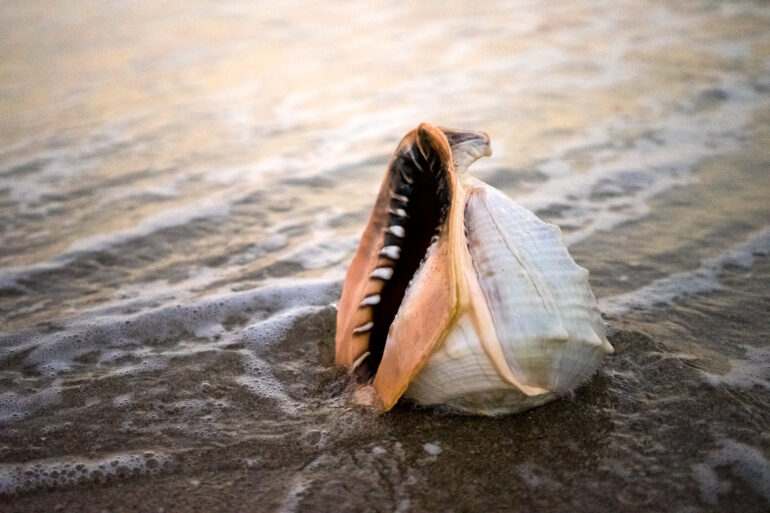We may earn a commission when you purchase through affiliate links. Learn more.
Those of you who used to shoot film may remember that rolls of film came in different varieties denoted by their ISO speed. With film, ISO measured how sensitive the film was to light. The more sensitive the film, the higher the ISO speed rating, and the less light it took to capture a visible image. You may recall buying 400 film for your vacation because it was a good all-around film for daytime indoor and outdoor use and 800 film for those times like graduations or weddings when you knew that the indoor lighting wasn’t going to be very good.
With digital photography, ISO works in essentially the same way. When the ISO setting is increased, the camera increases what is known as the signal gain, boosting the amplification of the light information recorded by the sensor. Instead of needing to switch the film sensitivity every time our lighting conditions change, digital photography allows us to just change the ISO setting to adjust the sensor’s ability to record the existing light.

The ISO sensitivity setting is often called an ISO speed, since a more light sensitive sensor or film means that a properly exposed image can be captured more quickly using a faster shutter speed resulting in a shorter exposure time. The image above, captured with a Sony A7 mirrorless camera was shot using an ISO speed of 8000. Even though this photo was taken in the low light of evening, the sensor’s signal gain / sensitivity was increased so much that it looks like it was taken in much brighter light.
The sensors on digital cameras have truly eclipsed film when it comes to being able to take photos in incredibly low light. Some sensors like those found on the Sony A7s or Nikon D4s enable photographers to make use of ISO speeds of up to 409,600 — high enough to be able to take photos in what amounts to nearly total darkness.
Even though technology continues to advance at an amazing pace, it’s generally best to keep your ISO speed as low as possible. That’s because the higher you increase your ISO, the more digital sensor noise appears in your shot when the signal gain is amplified. In small amounts, digital noise isn’t too bad and often resembles the grain found in high speed films, but the higher your ISO the more noise begins to appear.
Different cameras have different upper thresholds at which the noise levels really become unacceptable. On modern digital cameras, typically the bigger the sensor, the less noise you’ll see at higher ISO speeds. Although a DSLR and a cell phone both might use 12 megapixel sensors, the larger sensor of the DSLR camera means that those 12 million pixels are squeezed into a much larger area and that each individual photosite can be larger. Bigger photosites, often referred to as pixels, provide a larger surface area for the light to be collected.
You can compare this to how it’s easier to see a faint star when looking through a large telescope than with the naked eye. The larger optical instrument collects the same light, but over a larger area.
To prevent digital noise in your photos, ISO speed is usually best left as the last exposure variable that you change, especially when you’re using an older digital camera or a digital camera with a smaller sensor. With modern DSLR and mirrorless cameras, you may be able to use an ISO up to about 1600-3200 without noticing a huge decrease in image quality, but with smaller compact cameras ISO 400-800 is often the upper limit. In a pinch, you can increase the ISO higher to capture a shot that you couldn’t get otherwise, but always be aware that even if it’s not obvious when you review the shot on your camera’s LCD screen the photo might be very noisy.
